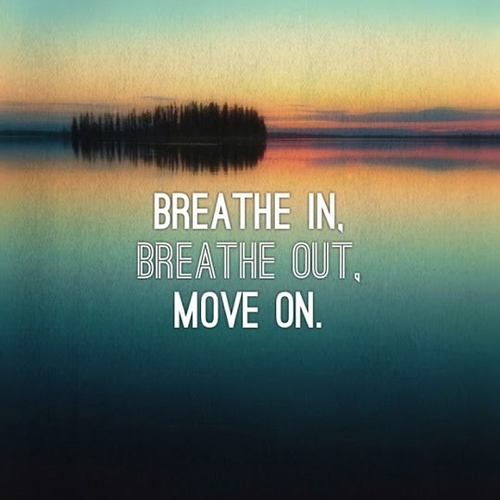In the last blog post we looked at diaphragmatic breathing as a way of coping with anxiety. There are a lot of really bad misunderstandings about breathing to relax. The worst of these is that you simply need to breathe deeply. This can be really problematic. If we over breathe, we can create panic because we can take in too much oxygen. I know this sounds weird, but panic can be caused by having too much oxygen. What the body needs is a balance in the amount of oxygen and carbon dioxide. Too much of either is too much. Very often panicky people experience over breathing or hyperventilation. This is why the doctors at ED often have a paper bag they will ask you to breathe into if they think you are hyperventilating. By breathing into the bag, we rebreath the air that already has more carbon dioxide in and so we can restore the balance between oxygen and carbon dioxide.
Another thing to keep in mind about breathing for relaxation, is that we want to do the opposite of anxious breathing. Anxious breathing is often irregular. So we want to have a perfectly regular breathing style with each breath the same length and depth as the previous or next breath. For this reason, I like to call this paced breathing rather than diaphragmatic or deep breathing. This has been carefully researched over the last 20 years and a really helpful thing to keep in mind is that around 70% of people will find the most relaxing breathing style to be around 6 breaths a minute or a 10 second breath cycle.
This is ridiculously easy to do. If you have a clock with a second hand, simply breath in for 4-5 seconds and out for 5-6 seconds following the second hand. If you want to go more high tech, get your smart phone and download an app called MyCalmBeat. It is available on both iPhone and Android. A search will find a number of others, but this is a really good one, and it is free. Using the pacer is a really helpful way to learn how to get the right rhythm.
Another key thing to keep in mind is that you want your breathing style to feel natural. A big mistake that a lot of people make is that they are used to breathing short, shallow breaths (I’m scared ad don’t want to be noticed breathing). When you breathe like this, to get enough air you need to take in the breath quite fast. The mistake is to do the longer slower breath also by breathing in fast to begin with. This means your lungs fill up and feel uncomfortable, before you reach the end of the 4-5 second time you are meant to be breathing in. What is helpful here is to imagine your in and outbreath is similar to water flowing out of a tap. If you are taking a longer breath, slow the rate at which you breathe in down, like turning a tap, so less water can flow through. Everyone has a breathing style that can fit slower breathing, can take in air more slowly than usual, and still feel like it is a comfortable way of breathing and not too unnatural. This takes practice but I can guarantee you, it is one of the most helpful things you can do for anxiety.

